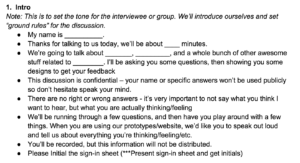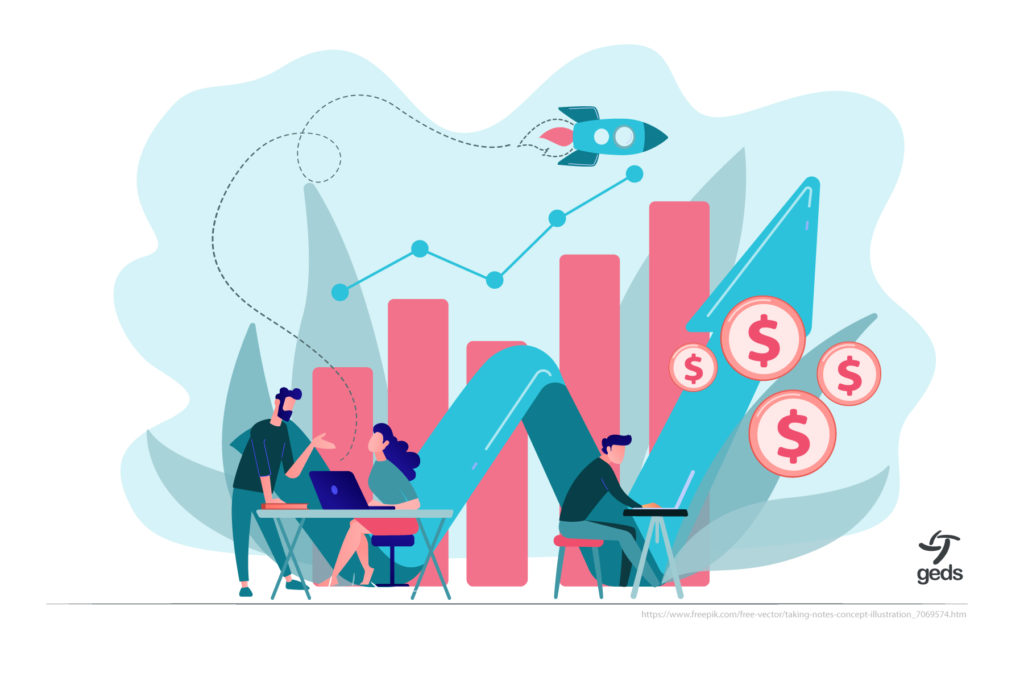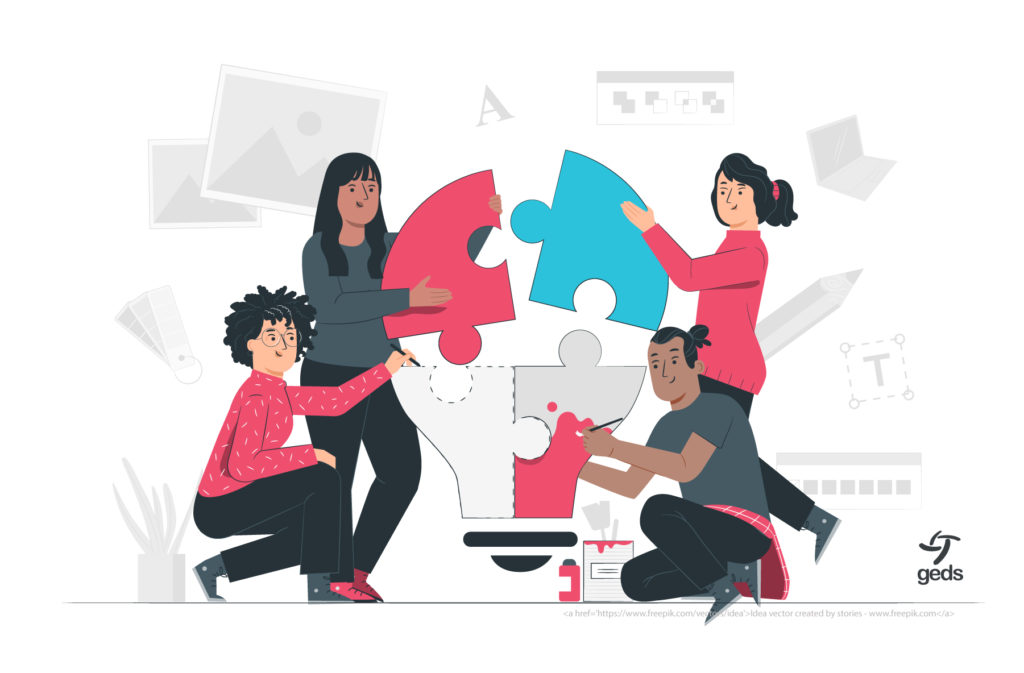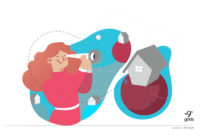In a previous post, we talked about how to identify problems with a help of different research tools. This post will talk about the interviews and how to conduct them as it was a vital part of the project development.
Interview
Interviews are very time consuming but very effective. It will take you a day to conduct, a day to analyze and extract needed information. Nonetheless, interviews are an essential part of finding core reasons for the user behaviour and understanding broader needs by investigating reasons behind the answers. By understanding user behaviour and triggers that influence the behaviour, we can create an environment to influence participants behaviour in the needed direction.
The choice of interviewers were essential workers of different ages and living locations. Such criteria’s as age and different community routs provided a diversity of experience for the current situation. Interviews were conducted in the morning after employees took public transport to have a fresher experience full of details. Before starting conducting interviews it was important for participants to know that the conversation is confidential and their names and answers won’t be used publicly. It has helped to receive more honest answers and helped people to get comfortable. This introduction form Discussion Guide published in Medium journal very useful.

Things to keep in mind while constructing questions for the interviews:
- To craft questions to support efficient and guided conversation.
- To structure questions from specific easy questions to difficult questions with a wider perspective.
- To structure questions in a way so the participant relives experience, therefor will give more accurate information.
- The interview should start with softball questions: «Where do you work?», «What is your name?». To build trust and understand participants background.
- To be in a good mood, smile. One of the most important things – to build empathy with an interview. Never interrupted and in contrast navigated, listened, made jokes to get rid of tension.
- Doing Service Safari and Shadowing helps to connect and build up empathy with the user at the beginning of the interview.
- Asking participant questions like «why?» and «how?» allows participants to give deeper answers.
To have an effective interview we had to identify a few things: an objective, problem, and key question that has to be answered. An objective is – the government wants to support public health. Problem: public transport is not safe to use. Key question is – how can the government support the use of public busses? Based on the objective, problem and the key question we structured hypotheses that had to be proven or disproven.
The hypotheses are:
• Public transport fails to provide services – an inefficient system
• The mask won’t help if the place is not hygiene and crowded
• Seats and ramps don’t get disinfected
• People don’t follow rules of occupancy as transport system fails to serve everyone
• Some minibuses are overcrowded. The limited occupancy doesn’t apply in some busses. Some busses take only a limited number of passengers when control is present
• Some routes are shut down, a limited amount of minibuses making people wait for 1 hour or more
• Public drivers struggle to earn a living and to maintain healthy measures
Based on 15 interviews we found out some employees had to wait for two hours to catch a bus due to lack of busses and not having any other affordable alternative, passengers do not feel safe using public transport – they would like to have moneyless payment to avoid contact with unhygienic items, bigger busses to be able to keep social distancing, regular cleaning to ensure hygiene environment to decrease the risk of containing the virus. Also, people are asking for better control as some not wearing masks in transport. Asked to put health precautions from high to low most of the people chose: 1- limited occupancy, 2- wearing a mask, 3- regular cleaning, 4- visible hygiene, 5- social distancing marks.
After the conducted research we identified the key needs of the passengers: limited occupancy, maintenance of the busses, better coverage, hygiene. These criteria would help us further in designing a solution.
Continue reading on the next blog post (Data Collection)
A Design Thinking Case for Public Transportation during Pandemic – Data Collection
If you have questions or comments you can contact with us.





